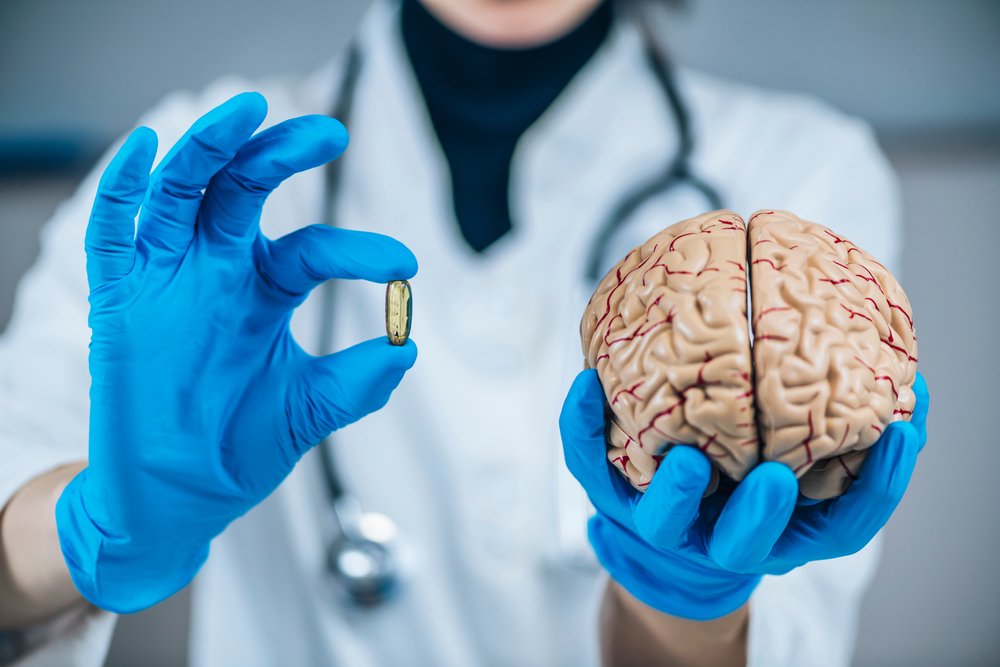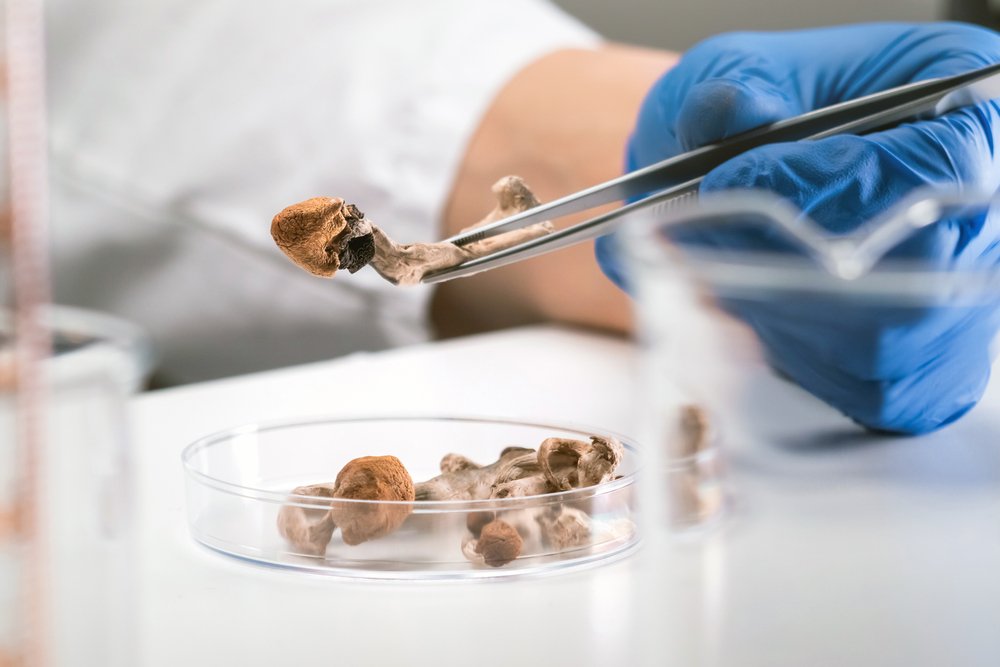Psychedelics Are Being Taken Seriously by Neuroscience

For decades, psychedelics were dismissed as dangerous party drugs or the relics of a counterculture movement. But now, substances like psilocybin (from magic mushrooms), LSD, and MDMA are being reevaluated under the microscope of neuroscience — and what scientists are seeing is extraordinary. In clinical settings, these compounds appear to promote something called neuroplasticity, the brain’s ability to form new connections and pathways, often linked to improved mental flexibility and emotional healing.
When used in controlled, therapeutic environments, psychedelics have shown promise in treating depression, PTSD, anxiety, and addiction. They seem to allow the brain to reset, or at least loosen its usual grip on old, rigid thought patterns. But with that potential comes a delicate balance. Doctors are cautious because the very mechanisms that make psychedelics powerful healing tools could become dangerous in the wrong hands. Rewiring the brain isn’t always a good thing if the direction of that wiring is left to chance.
These Substances Can Open a Mental “Window” But What Gets In Matters
One of the more profound effects of psychedelic drugs is how they quiet the brain’s default mode network, the part associated with ego, control, and self-referential thought. When this network goes quiet, it creates a kind of open field for novel experiences and connections. Patients often describe it as a sense of “oneness” or extreme clarity. From a neuroscience perspective, it’s like opening a door that’s usually locked tight.
But what walks through that door is just as important. In clinical therapy, trained guides and structured sessions help shape those experiences into insights that can improve mental health. Without that scaffolding, however, the same door can let in confusion, delusion, or trauma that the brain isn’t prepared to process. The brain is more malleable under psychedelics — but that malleability can cut both ways. That’s what has doctors worried: in the wrong setting, the path to healing can quickly spiral into harm.
Recreational Use Is Surging Faster Than Research Can Keep Up
While clinical trials are still tightly regulated, the cultural momentum behind psychedelics is moving fast. From mushroom microdosing to underground therapy retreats, more people are experimenting outside of medical supervision. The internet is full of personal stories, guides, and recommendations — some insightful, many risky. It’s creating a surge in DIY brain experiments without the data to back them up.
This rising tide of unsupervised use has doctors concerned. Unlike antidepressants or anxiety medications, which take weeks to build up, psychedelics work fast and can destabilize vulnerable minds even faster. People with undiagnosed mental health issues may be self-medicating with powerful tools they don’t fully understand. That risk, paired with increasing accessibility, is why many researchers are pushing for public education to keep pace with the hype. We’re on the brink of a mental health revolution, but without caution, we could just as easily spark a crisis.
Not Everyone’s Brain Responds the Same Way
One of the trickiest parts of psychedelic science is that these drugs don’t work the same for everyone. Some people emerge with clarity and calm. Others experience terror, confusion, or disassociation. Factors like brain chemistry, trauma history, genetics, and even daily stress can radically influence the outcome. That unpredictability is what makes doctors so cautious, especially as these drugs become more widely available.
It’s tempting to see psychedelics as a magic fix for mental suffering. But in reality, they’re a tool — and like any tool, they can either repair or damage, depending on how they’re used. Without professional screening or preparation, someone could walk into a psychedelic trip hoping for relief and walk out with more confusion than clarity. This isn’t fear mongering, it’s realism grounded in brain science. Psychedelics may be the future of mental health care, but only if that future includes safeguards for the people most at risk.
The Brain After a Trip May Not Go Back to “Normal”
Psychedelics don’t just cause temporary hallucinations. In some cases, they appear to leave lasting changes in how the brain operates. For people with depression or PTSD, that can be incredibly helpful, it might mean finally breaking free from cycles of negative thinking. But what if the brain rewires in a way that’s unhelpful or disorienting? That’s a much harder question to answer.
The long-term neurological effects of repeated psychedelic use are still being studied. Some researchers have found signs of increased connectivity between brain regions, while others warn of destabilization in emotional regulation. What’s clear is that psychedelics change the brain’s chemistry — sometimes in unexpected ways. Doctors worry that casual users, or even well-meaning seekers, may be underestimating how permanent those changes can be. Once the brain is rewired, it doesn’t always snap back to its old patterns. That could be healing — or haunting — depending on the person and the context.
Legal Loopholes Are Creating Unregulated Psychedelic Markets
As laws around psychedelics slowly evolve, a gray market has emerged. In some regions, psychedelics like psilocybin are decriminalized, while others allow therapeutic use under special licenses. But this patchwork of legality is creating space for retreats, pop-up clinics, and online sellers to offer psychedelic experiences without consistent regulation or oversight.
Doctors and researchers are sounding the alarm. Many of these services operate without mental health screenings, proper integration support, or qualified medical staff. That means people with underlying conditions — like bipolar disorder or schizophrenia — could be exposed to powerful mind-altering substances in unsafe settings. The lack of oversight also increases the risk of exploitation, psychological harm, and misinformation. While legalization could open doors to healing, it must come with strict guardrails. Otherwise, the promise of psychedelics could be eclipsed by a wave of poorly managed and potentially dangerous experiences.
The Placebo Effect Can Be Surprisingly Powerful in Psychedelic Trials

In clinical research, the placebo effect is well known — people often feel better just because they believe they’re receiving treatment. But with psychedelics, this effect can get even trickier. In some studies, participants who received placebo still reported life-changing experiences, simply from the expectation that something profound would happen.
This makes it harder to isolate the drug’s true neurological effects. If a person believes a trip will heal their trauma or open their mind, their brain may respond accordingly, even without the chemical influence. Doctors worry that the growing public narrative around psychedelics as miracle cures might inflate expectations to unrealistic levels. That kind of mental setup can lead to deep disappointment or confusion, especially if someone doesn’t feel “healed” after a trip. The power of belief is strong — but when mixed with potent substances, it can create a mental minefield if not handled with care.
Social Media Is Becoming a Psychedelic Echo Chamber
Online platforms have become a major driver of the psychedelic renaissance. Instagram therapists, Reddit forums, YouTube trip reports — there’s a wealth of content sharing the supposed benefits of psychedelic drugs. While some of it is educational and sincere, much of it glamorizes the experience, downplays risks, and turns complex neuroscience into digestible soundbites.
Doctors worry that people are learning more from influencers than scientists. The echo chamber effect creates a skewed perception — one where positive outcomes are celebrated loudly and negative ones are brushed aside. Someone considering psychedelics may be influenced by curated experiences rather than clinical evidence. That dynamic not only distorts public understanding but also leads to a culture where experimentation is normalized before the science is settled. In short, we’re seeing a wave of brain-altering behavior promoted by people with likes, not licenses.
“Bad Trips” Can Leave Lasting Psychological Scars
The term “bad trip” may sound casual, but the psychological consequences can be anything but. People who undergo frightening or overwhelming psychedelic experiences sometimes report lingering anxiety, paranoia, or even symptoms of post-traumatic stress. In rare cases, it can trigger a lasting break from reality in those with latent mental health vulnerabilities.
Clinically, this is one of the strongest arguments for psychedelic use only under professional guidance. In a structured setting, therapists can help ground the person, offer reassurance, and guide them back to safety. But in an unsupervised context — especially when someone is alone, distressed, or confused — the experience can spiral out of control. Doctors are particularly concerned about young people or first-time users diving in without preparation. Psychedelics can expand consciousness, yes. But they can also magnify fear and trauma if not handled with care.
Some Users Are Chasing Spirituality Instead of Healing
There’s a growing overlap between psychedelics and spirituality. Many users report mystical experiences — feelings of unity, ego death, or visions that resemble religious awakenings. While these moments can be profound, doctors caution that they’re not always therapeutic. In fact, some people may become obsessed with the trip itself, chasing enlightenment instead of doing the difficult work of emotional healing.
This “spiritual bypassing” can lead people to avoid actual therapy or suppress painful memories under the guise of transcending them. It’s a subtle but risky psychological trap: using big feelings as a substitute for deep healing. Therapists working in psychedelic-assisted care stress that insight isn’t transformation. You can see the truth in a vision — but you still have to live it out in your everyday life. When that follow-up work doesn’t happen, even the most beautiful psychedelic experience can fade into confusion.
Integration Is Where the Real Work Begins
One of the most important parts of psychedelic therapy isn’t the trip, it’s what happens afterward. This process, called integration, involves reflecting on the experience, understanding its meaning, and applying those insights in real life. In clinical settings, integration sessions are a cornerstone of treatment, often involving talk therapy, journaling, or somatic practices.
Without integration, the brain’s rewired pathways may not solidify in helpful ways. The trip becomes a fleeting event rather than a catalyst for transformation. Doctors emphasize that integration is essential for lasting mental health benefits. Yet in many underground or informal psychedelic circles, this step is rushed or skipped entirely. People are left with fragmented experiences that can feel magical in the moment but confusing — even destabilizing — in the long run. Like any deep work, psychedelics need time, structure, and support to truly take root.
We’re Still in the Early Stages of Understanding the Risks

Despite the excitement, research into psychedelics is still in its early stages. Most studies are small, and long-term data is limited. We don’t fully understand how repeated psychedelic use affects developing brains, how it interacts with other medications, or what it means for people with certain neurological conditions.
Doctors aren’t opposed to the promise of psychedelics; many are cautiously optimistic. But they’re also asking the questions the headlines often skip: What are the risks after 10 or 20 years? How will mass use affect public health? Will commercial interests rush this process the way they did with past medications? These aren’t scare tactics, they’re the kind of critical thinking that ensures progress doesn’t outpace caution. Psychedelics may very well change how we treat the mind. But we still have a lot to learn about how they change the brain and not all change is good.
